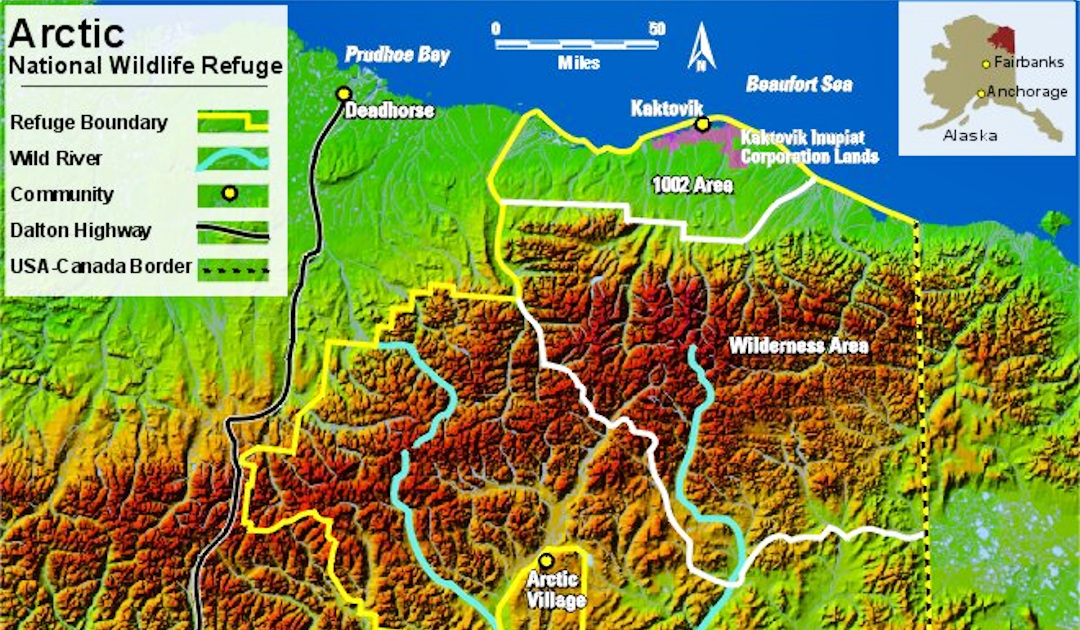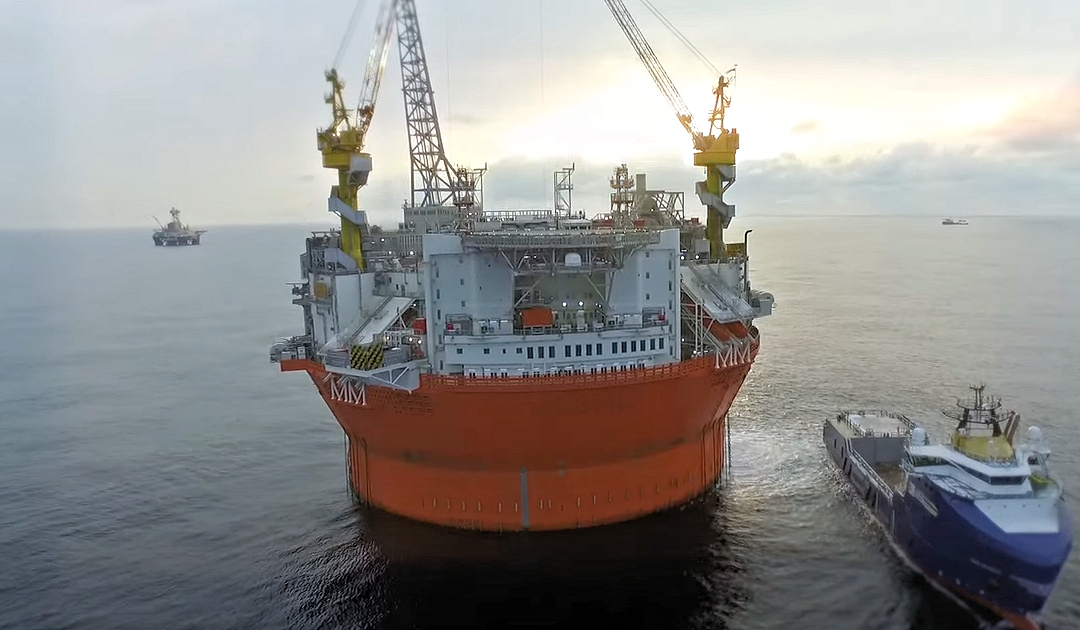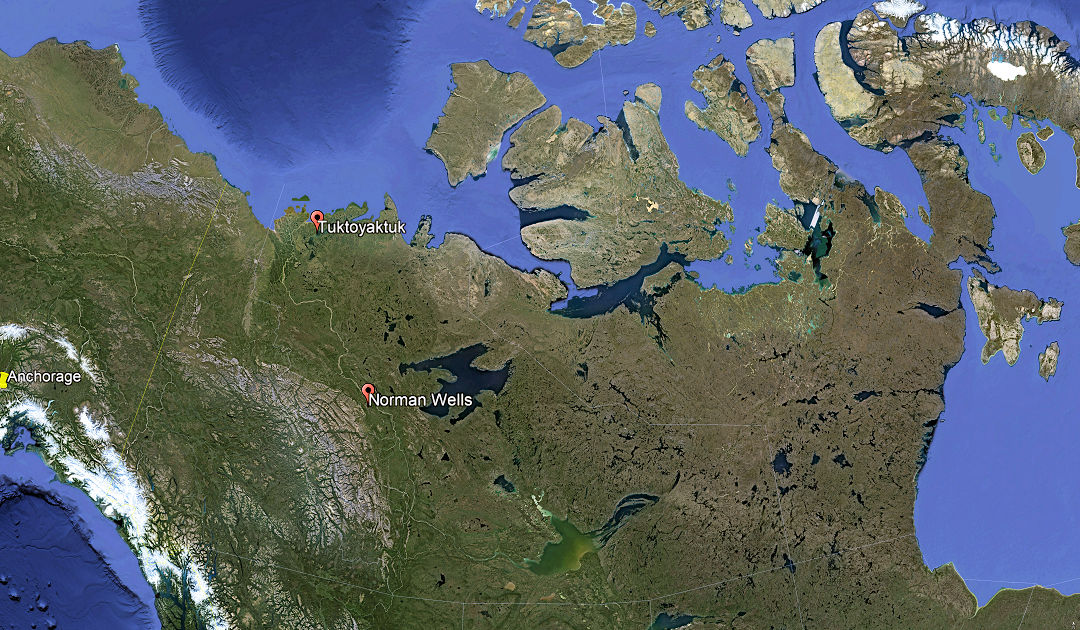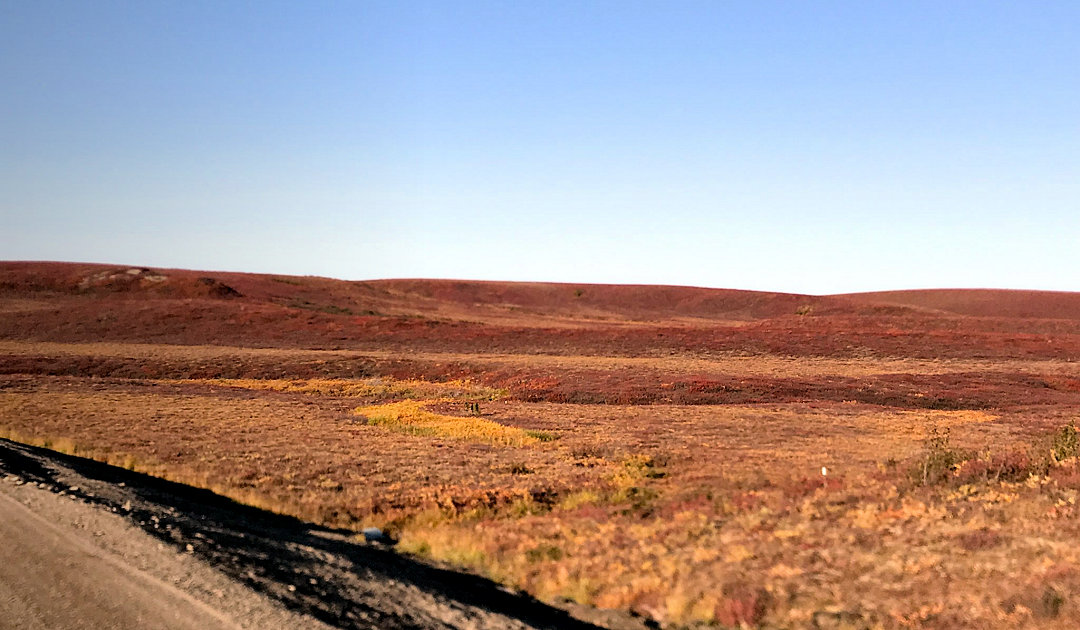
It is not only on the north coast of Alaska that things are fermenting and bubbling in and above the ground through and because of oil and natural gas. Similar conditions also exist a little farther east, along the coastal area of the Northwest Territories (NWT). That’s because ever since 2019, when the Canadian government imposed a complete ban on drilling and extracting works along the country’s entire Arctic coastline, proponents of resource extraction had been hoping for 2023, when the ban would expire. But the government in Ottawa has dashed those hopes.
A 2019 ban on all offshore oil and gas operations along Canada’s Arctic coasts is expected to remain in effect until the Canadian government’s 2016 moratorium on issuing new oil and gas drilling and production licenses is lifted. This is according to the Crown-Indigenous Relations and Northern Affairs Canada CIRNAC, according to Canadian media reports. Since this government freeze on issuance is for an indefinite period of time, the ban is also likely to remain in effect with it for just as long. The decision by CIRNAC and the Canadian government comes shortly before the scheduled end of the ban, which had originally been set for Dec. 31, 2022, and had been extended about two weeks earlier, according to CIRNAC.

CIRNAC’s decision is based on experts’ assessment that extraction of the resources would no longer be profitable and that lifting the ban will no longer matter. This is because, according to their estimates, even with an immediate start to drilling, it would take more than 15 years for worthwhile production to begin. Too late, the experts say, because demand for oil and natural gas is expected to drop dramatically in the next few years and no one will need the oil produced in the NWT. This is because the region lacks everything it would need to boost production. First, test drilling would have to be carried out, then the infrastructure would have to be built in such a way that the very high environmental requirements could be met, and then extraction could begin, but without any guaranteed success. Earlier attempts in the 1970s and 80s were not very successful economically. Nonetheless, the government has commissioned a study to examine the feasibility and environmental impact of Arctic offshore projects in the region.

But proponents of possible drilling and production plans do not share the assessment and are very disappointed with CIRNAC’s decision. Their arguments for lifting the ban are also the same as those voiced in Alaska: Jobs in a chronically underdeveloped region and thus economic recovery. In their opinion, the decision should be left to the companies whether to start drilling or not. Currently, only one location in the NWT supplies significant quantities of oil and natural gas, the Norman Well. However, the extracted raw materials are no longer refined themselves, but are forwarded via pipeline. And these quantities are very small in relation to Canada’s total production volume, around 0.1 percent. Yet, analysts believe the region has potential: up to 35 percent of Canada’s total oil and natural gas reserves could lie in the ground of the NWT, especially in the northern area, which is administered by the local Inuit population. A conference on the topic is to be held in Vancouver in May to identify opportunities and potential.

Another aspect is the danger to the environment of drilling for those resources in the areas. The costs that companies would have to invest in environmental safety, insurance and other measures to protect the environment are not worth the effort for many large companies, experts say. But again, local representatives disagree, pointing to the technical monitoring and protective measures that already exist and would provide a way to both live off the land, as they have always done, and at the same time spur economic development through resource extraction. It is now hoped that the results of the study will show that it would be worthwhile and can be carried out safely to extract oil and gas along the Arctic coast of Canada. The government’s Caroline Cochrane also wants to wait for the study first and then decide how to proceed, whatever the outcome. To the media, she stated, “I think the ideal outcome for the Northwest Territories will be: Nothing about us without us.”
Dr Michael Wenger, PolarJournal
More on the topic





